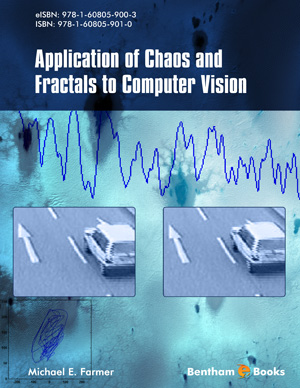Abstract
Biological vision systems have been successfully modeled as hierarchical systems with lower level subsystems performing simpler tasks such as attention direction towards moving objects, and higher level subsystems performing tasks such as tracking, object recognition and scene understanding. Likewise robotics researchers have found great utility in layered systems such as the subsumption architecture. Within biological sensing systems there has been the detection of chaotic signals within the neural pathways. Chaotic systems have some unique behaviors such as basins of attraction that allow systems to quickly transit between states. Additionally, small changes to chaotic signals can lead to dramatic changes in the outputs which can make sensing organs very sensitive to subtle events. Researchers to date tend to focus on either the use of the macroscopic models or the microscopic models in their avenues of research. We will uniquely adopt both the structural macroscopic model of biological systems as well as the chaotic microscopic nature of biological systems in this text. Dividing the complex vision task into a hierarchy will allow us to address increasing levels of complexity, yet show how chaos-based methodologies can be applied through all of these levels.
Keywords: Neural signals, neural pathways, basins of attraction, visual cortex.




















